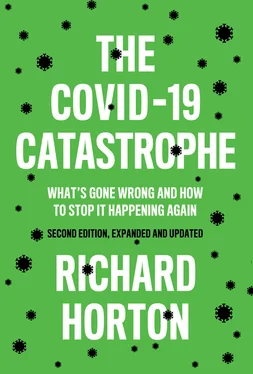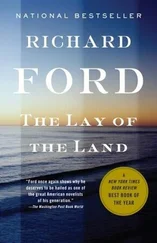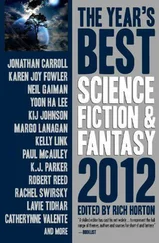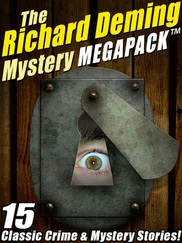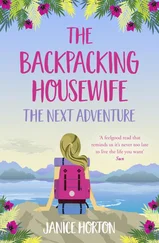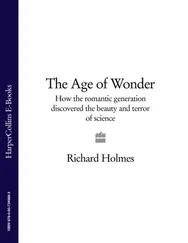It’s tempting to sympathise with this point of view. The tragedy that began in December 2019, and continues still despite the allure of a vaccine, was surely unprecedented in many ways. But comforting though such a conclusion might be, it is, unfortunately, not true. And the reason is history.
Governments, scientists, doctors and citizens had a pandemic handbook readily available to guide their understanding, even their planning and decision-making. For the events that gripped our lives in 2020 can be read with uncanny and disturbing resonance in Daniel Defoe’s A Journal of the Plague Year , published in 1722. Neither fiction nor pure documentary fact, his Journal described what Defoe imagined it was like to live through the Great Plague of London in 1665. His envisioning of the events of ‘this calamitous year’ – as they unfolded week by week, month by month – plots with devastating accuracy our own epidemic crisis today.
When the first cases of plague were reported early in 1665, London’s authorities endeavoured to conceal the outbreak, echoing evidence that police officials in Wuhan, China, sought to suppress what they disingenuously called ‘rumours’ of a new SARS-like disease. When plague was finally accepted as a reality in London, the government was unprepared. And the public was understandably terrified as the infection took hold with forceful menace. Mental health, for example, suffered badly – a kind of ‘melancholy madness’ descended on England’s capital.
But not everyone was affected equally. The richer elites in seventeenth-century London society were able to flee the city for the safety of their country retreats. In doing so, they left the poor behind on the frontlines of the epidemic, a frontline they faced ‘with a sort of brutal courage’. The same was true for essential and mostly poorly paid workers during successive waves of COVID-19. They too bore the brunt of infection and death. Three centuries ago, London was abandoned and left desolate, just as cities across the world today have been emptied of people, confined as they have been to working from home under curfew. Music houses, theatres and shops closed in 1665. The public felt ‘a kind of sadness and horror at these things’. Defoe’s description is one most of us will recognise.
There was fake news in the era of plague too. ‘Deceivers’ proposed plague to be the judgement of an angry God. Or, insisted others, it was caused by a blazing star or comet. ‘One mischief always introduces another,’ wrote Defoe. The plague enabled fortune-tellers, wizards and astrologers to flourish. Quackery prospered – an array of pills, preservatives, cordials and antidotes were peddled. We should not, perhaps, have been surprised by the furore over President Trump’s unevidenced advocacy of disinfectant, irradiating light and hydroxychloroquine as remedies for COVID-19.
The response by public authorities to coronavirus also mirrored that of plague – isolation and quarantine for those thought to be infected. At least we can be thankful that those living in Paris, Madrid or New York were not padlocked behind their front doors, on which was painted a bright red cross. But London’s officials struggled then, just as governments around the world have done with COVID-19, to produce clear and consistent guidance for the public to follow. Physical distancing, mask wearing and ventilation were all advised then as now. Mass gatherings were prohibited. People became more conscious of their personal hygiene. Plague in the seventeenth century led to a morbid fascination with the Bills of Mortality, a statistical account of the epidemic’s progress. Tormented, we too have watched the rising numbers of deaths in countries that had hitherto been able (apparently justifiably) to boast of their power, resilience and advanced healthcare – all undermined and overturned by a virus. And, just as now, in 1665 there was vigorous disagreement about the efficacy of many of these measures.
We should not be surprised that the behaviour of the public was similar across the centuries. During the first wave of lockdown in 2020, people willingly, even enthusiastically, followed the instruction to stay home. They learned to enjoy the opportunity to take up new activities. The same was true in 1665. Defoe mentions baking bread and brewing beer. Public compliance during the first wave of the 2020 pandemic successfully suppressed the outbreak. But, once it was controlled, people desperately wished to return to some level of normal life. Governments wanted to reignite their economies. Perhaps everyone was exhausted and fatigued by the ‘anthropause’ – this temporary cessation of humanity. The result? Many countries let their guard down and the virus bounced back – a second wave. In 1665, a similar complacency took hold. By the end of September the plague’s fury was beginning to relent. People came out of their homes, shops opened, businesses resumed. The outcome of this ‘imprudent rash conduct’ was a second wave of plague that ‘cost a great many’ lives.
The economic calamity that has ensued from COVID-19 was entirely predictable. Defoe explains how manufacturing and trade were brought to ‘a full stop’. He describes the ‘immediate distress’ that followed, rising levels of unemployment, deepening inequality, hunger and the overall ‘misery of the city’. Relief provided to the poor was then through charitable assistance rather than from government furloughs and job support schemes. But the effects were similar. Here is Defoe: ‘This caused the multitude of single people in London to be unprovided for; as also of families, whose living depended upon the labour of the heads of those families; I say, this reduced them to extreme misery.’
There are telling similarities between the political approaches to COVID-19 and plague too. Defoe wrote his Journal with a very specific purpose in mind. Plague was moving through continental Europe and was now at England’s door. In 1720 in Marseilles and the surrounding region, 100,000 people died from plague – half the population. The government in England moved quickly and fearfully to protect itself. Parliament passed a Quarantine Act in 1721. The law imposed severe restrictions on individual liberty and proposed isolating whole cities or towns if they became sites of contagion. These restrictions were to be enforced ‘by any kind of violence’. Violation of the law would lead to punishment by death. The Bill caused political uproar. It threatened not only to curb precious freedoms but also to interfere with commerce. A group of Tories, led by Earl Cowper, a former lord chancellor, objected and sought to have the law struck down. Defoe’s Journal was intended to remind the public of the terrifying dangers they faced. In his view, the drastic actions that the Quarantine Act proposed were urgent and necessary – ‘a public good that justified the private mischief’. In the era of COVID-19, there has been a similar resistance from libertarians to more strenuous measures to control virus transmission. Tiered controls on indoor socialising, the mixing of households, hospitality, non-essential retail, travel, and the numbers of people who could attend weddings, funerals and church services provoked fury from politicians who argued that the state’s curbs on personal liberties were an affront not only to individual freedom but also to individual responsibility.
There are, of course, differences between plague and COVID-19. There were no effective therapies to treat plague. Doctors in the seventeenth century were impotent in the face of a disease for which they didn’t even understand the cause. And the plague did eventually die out in December 1665, with the onset of a harsh winter. There is no expectation that our present-day coronavirus will recede into the background of our lives quite so gracefully. Mutated variants are giving the virus new life.
Читать дальше
